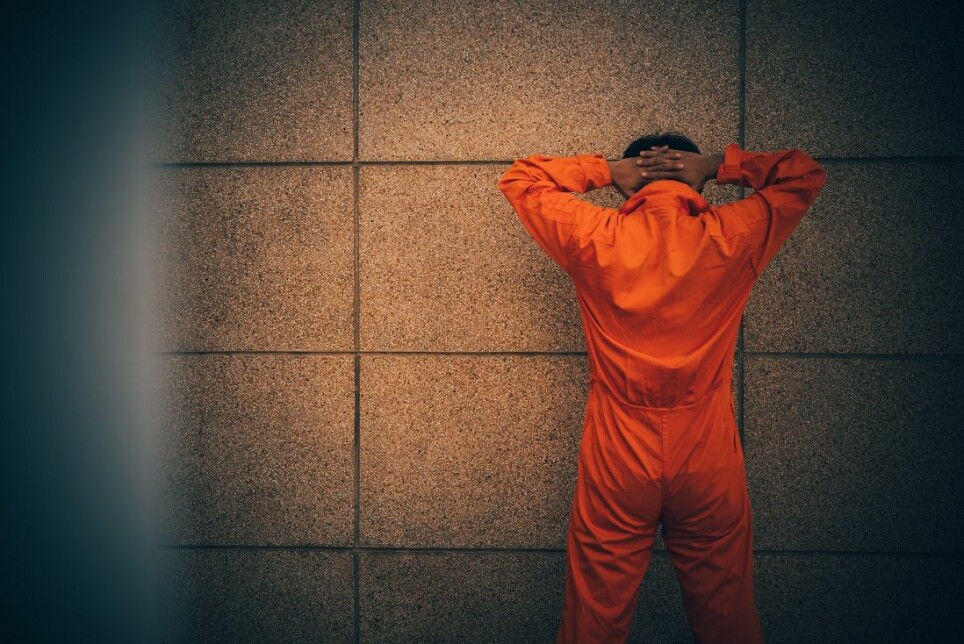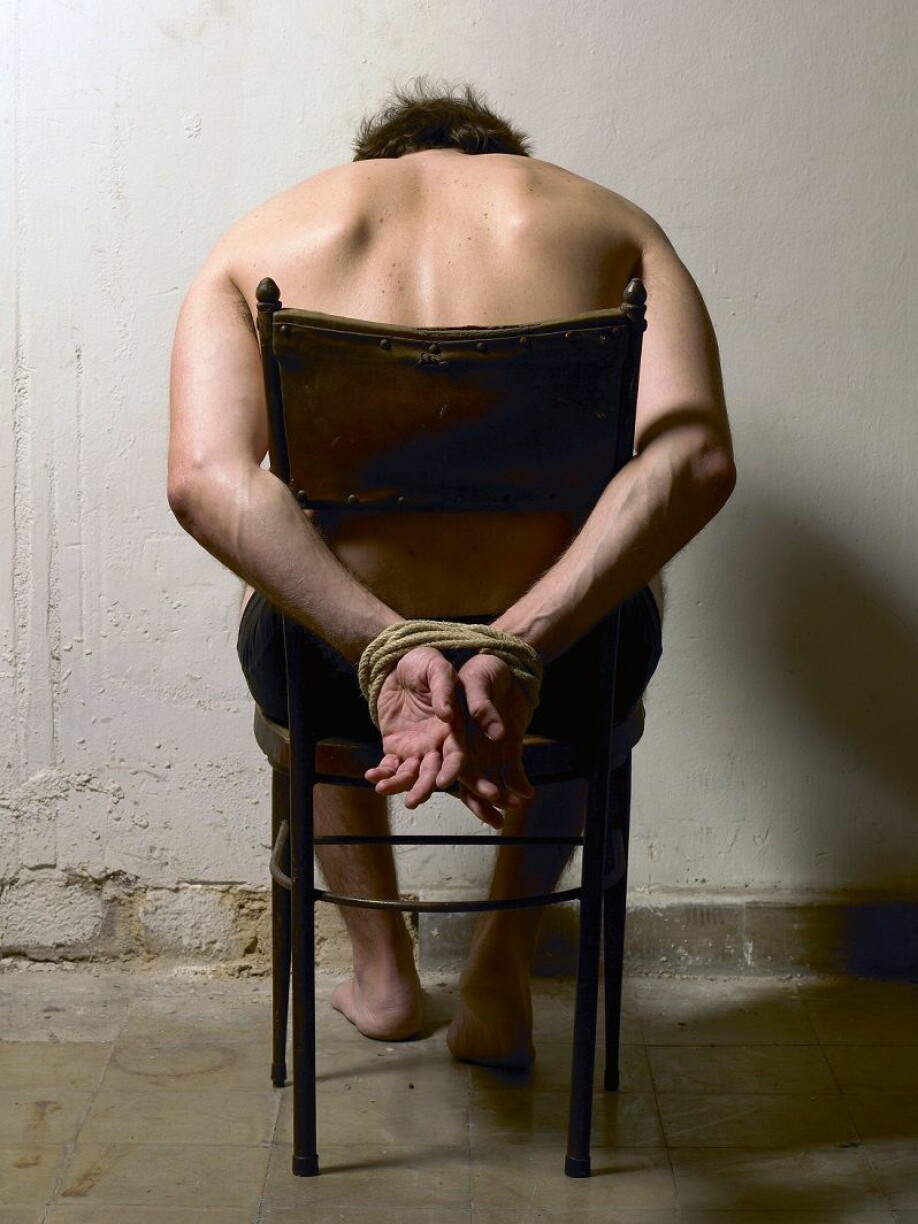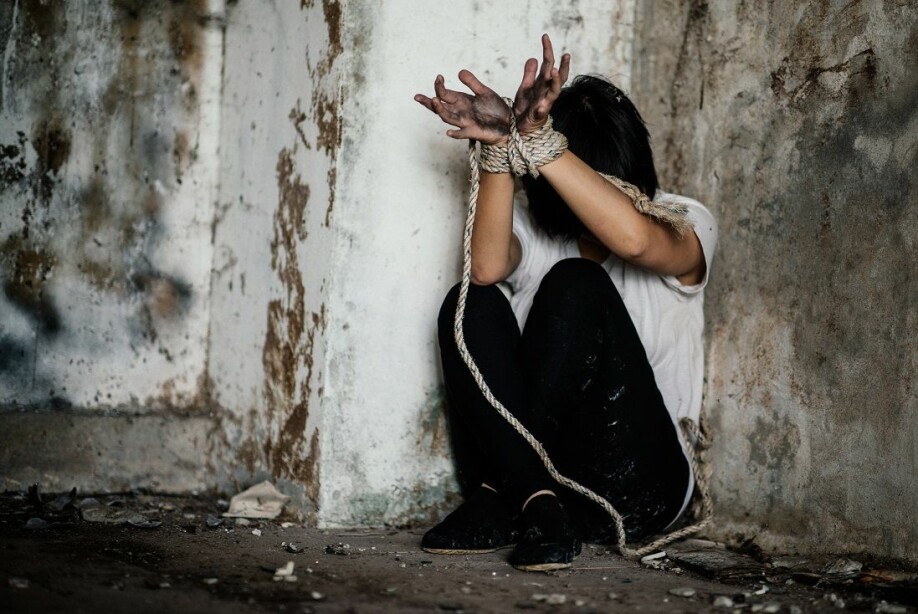This article is produced and financed by NTNU Norwegian University of Science and Technology - read more

How can we help victims of torture?
Torture victims often benefit less from ordinary treatment. New insight may give new hope.
Post-traumatic stress disorder, or PTSD, affects many people who have been exposed to extreme situations, such as torture.
“Trauma-focused therapy is effective for many patients with PTSD, enabling them to talk through the trauma they experienced”, says Iselin Solerød Dibaj, a psychologist at Oslo University Hospital.
However, not everyone benefits from this form of therapy.
“Torture victims who struggle with both chronic pain and PTSD unfortunately often benefit less from ordinary treatment,” says Dibaj.

Extreme abuse
The Red Cross estimates that between 10 000 and 35 000 people who now live in Norway, have experienced torture. Thus, there is great need for effective treatment in this country as well.
“Torture is one of the most extreme abuses a person can experience. Physical and mental pain is inflicted with the intention of breaking a person down or getting information,” says Håkon Stenmark, a specialist in clinical psychology at RVTS Midt, a regional resource centre for violence, traumatic stress and suicide prevention in central Norway.
“Mental health therapists find it difficult to provide effective help to victims of torture. They want to improve their knowledge and find more efficient methods,” says Stenmark.
Now Dibaj, Stenmark and colleagues have published an article on treatment for torture victims, in the journal Torture
Professor Leif Edward Ottesen Kennair from NTNU has been supervisor for and the driving force behind the research project.
One triggers the other
“Exposure therapy” involves delving into patients’ memories and processing the trauma through talking about them.
“But trauma-focused treatment for torture victims has been criticized in several clinical and academic settings for being too concerned with the traumas and not taking context into account, such as social, political and historical factors,” says Dibaj.
She says they understand this criticism, at the same time as they do not want to write off trauma-focused treatment for this group, since it has documented effect in other patient groups.
For other trauma-exposed groups it has been documented in the recent years that chronic pain and PTSD mutually strengthen the other condition. One disorder can trigger the other, ensuring that neither disappears.
“So people with both disorders have worse treatment results with both the trauma condition and the chronic pain than if they only had one disorder,” says Kennair.
Having both disorders also brings additional challenges that therapists do not address specifically and purposefully in either trauma treatment or pain treatment.
“So we’re questioning whether these factors are partly to blame for the trauma treatment being less effective for victims of torture,” Kennair says.
Treat both at the same time
Effective trauma treatment is mostly about gaining mastery and learning new ways to deal with painful memories.
“But if the patient experiences unmanageable pain, without the tools to deal with it, he or she risks not having this experience. The patient might then drop out or not be willing to delve into the memories,” says Dibaj.
In the same way, pain treatment with the physiotherapist rarely works directly with trauma memories. Thus, this therapy can fall into the same trap – that the patient doesn’t dare to do the rehabilitative exercises for fear of re-experiencing the trauma.
“We’re criticizing the current ‘gold standard trauma therapies’ for not working purposefully and specifically enough with important maintenance mechanisms for patients who have both pain and PTSD,” says Dibaj.
But these patients might achieve better results if the therapists worked with the pain and trauma simultaneously.
“In other words, psychologists and physiotherapists should collaborate more in treating these patients,” Dibaj says.
Still only modest effect
“We also have to remember that torture is such an extreme and unique experience that we can’t just conclude that the pain problems in these patients are the same as we see in other patients with the same problem,” says Dibaj.
Norway has ratified the UN Convention against torture. It states that people who have been subjected to torture, have the right to rehabilitation. In a report from 2020, the Red Cross found the services offered to torture victims in Norway to be fragmented and highly person-dependent.
“At the same time, those of us working in the health care services are obliged to offer evidence-based treatment and equal health services,” says Halvorsen.
This means that patients with PTSD must be offered the type of treatment that currently seems to have the best documented effect. This guideline applies regardless of background. The treatment must be adapted to each individual patient.
“International guidelines for the rehabilitation of torture victims recommend interdisciplinary, specialized follow-up of these patients. However, studies show that even patients who receive such multi-faceted treatment experience only modest effects. We simply need to gain more knowledge about how we can help this group,” says Dibaj.
“We’ve been pointing out that Norway lacks specialized rehabilitation services for victims of torture for a long time. But since we still have limited knowledge of what characterizes effective rehabilitation for this group, funding and implementing clinical studies need to become an integral part of a specialized rehabilitation programme,” says Joar Øveraas Halvorsen, a specialist in clinical psychology and PhD at the Regional Unit for Trauma Treatment at St. Olavs Hospital.
PTSD has evolutionary causes

But why do some people suffer from PTSD?
“From an evolutionary perspective, we can understand the function of both pain and anxiety. These are alarm systems that warn us that something could potentially pose a danger to us. These signals make us avoid the danger. This can be adaptive in the short term, so that we steer clear of potential harm,” says Dibaj.
We stop avoiding when the acute danger is over, but with PTSD and/or chronic pain, our alarm system is overactive and fires off false alarms about danger.
“If we respond to these alarms as real danger and avoid what’s triggering the alarm, we risk making the alarm system more sensitive,” Dibaj says.
“Research indicates that so called post-traumatic cognitions or thoughts – that is, thoughts that come up after experiencing a trauma – play an important role in developing and prolonging post-traumatic distress. Examples are: ‘The world is a dangerous place’ or ‘I’m a broken person,’” says Halvorsen.
Torture designed to create long-term distress
Both PTSD and chronic pain are characterized by many false alarms. The affected person might have flashbacks, for example, where something dangerous from the past is perceived as dangerous now. Victims can also experience pain signals, even when there is nothing wrong in their body.
“Torture is designed to create this form of distress and, especially in recent times, to create pain that doesn’t result in visible scars,” says Dibaj.
Many victims of torture experience that completely normal movements trigger their alarm system. This will lead to less physical activity and make them afraid to move. This condition is called kinesiophobia, when normal activities can lead to severe pain and re-experiencing the trauma.
“When patients develop a fear of normal movements, it’s difficult to do physiotherapy or other things that could help them get better – and that’s why we think that kinesiophobia reinforces the ailments. But this is something we rarely focus on in ordinary trauma treatment. Therapists therefore need to broaden their understanding of these connections,” says Håkon Stenmark.
Reference:
Iselin Dibaj et.al.: Painful memories: Challenges in trauma-focused therapy for torture survivors with PTSD and chronic pain – a narrative review. Torture: Journal on Rehabilitation of Torture Victims and Prevention of Torture, 2020. Summary
———
Read the Norwegian version of this article at forskning.no


































